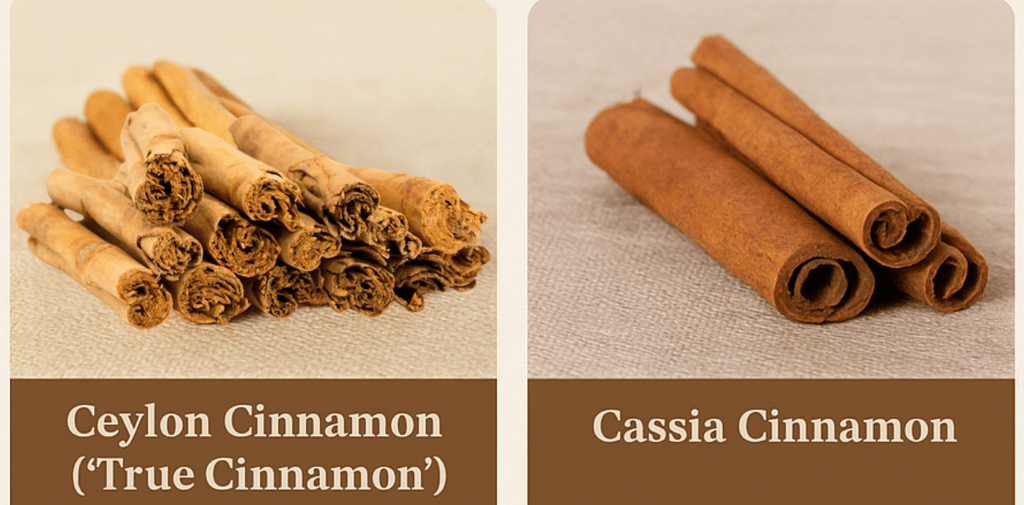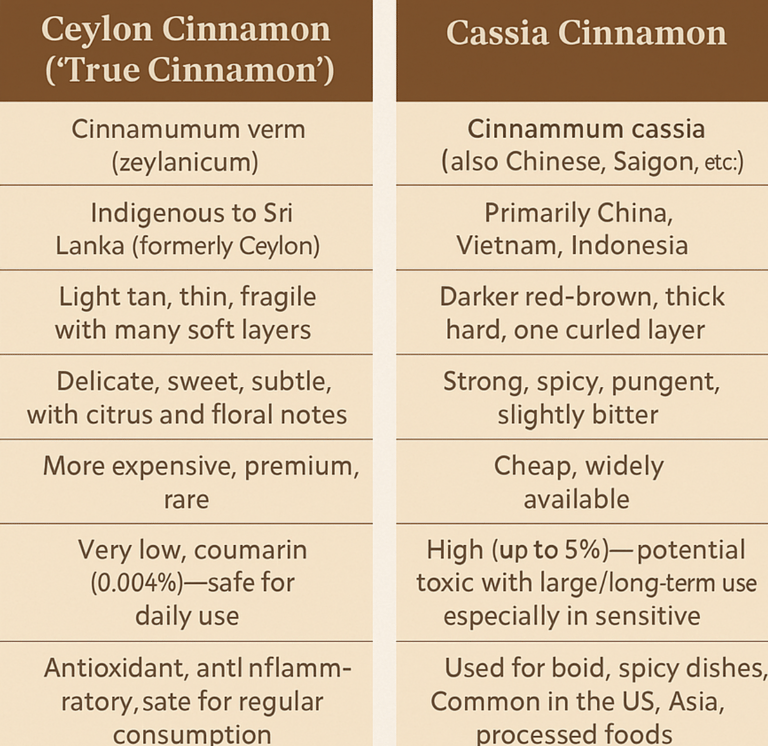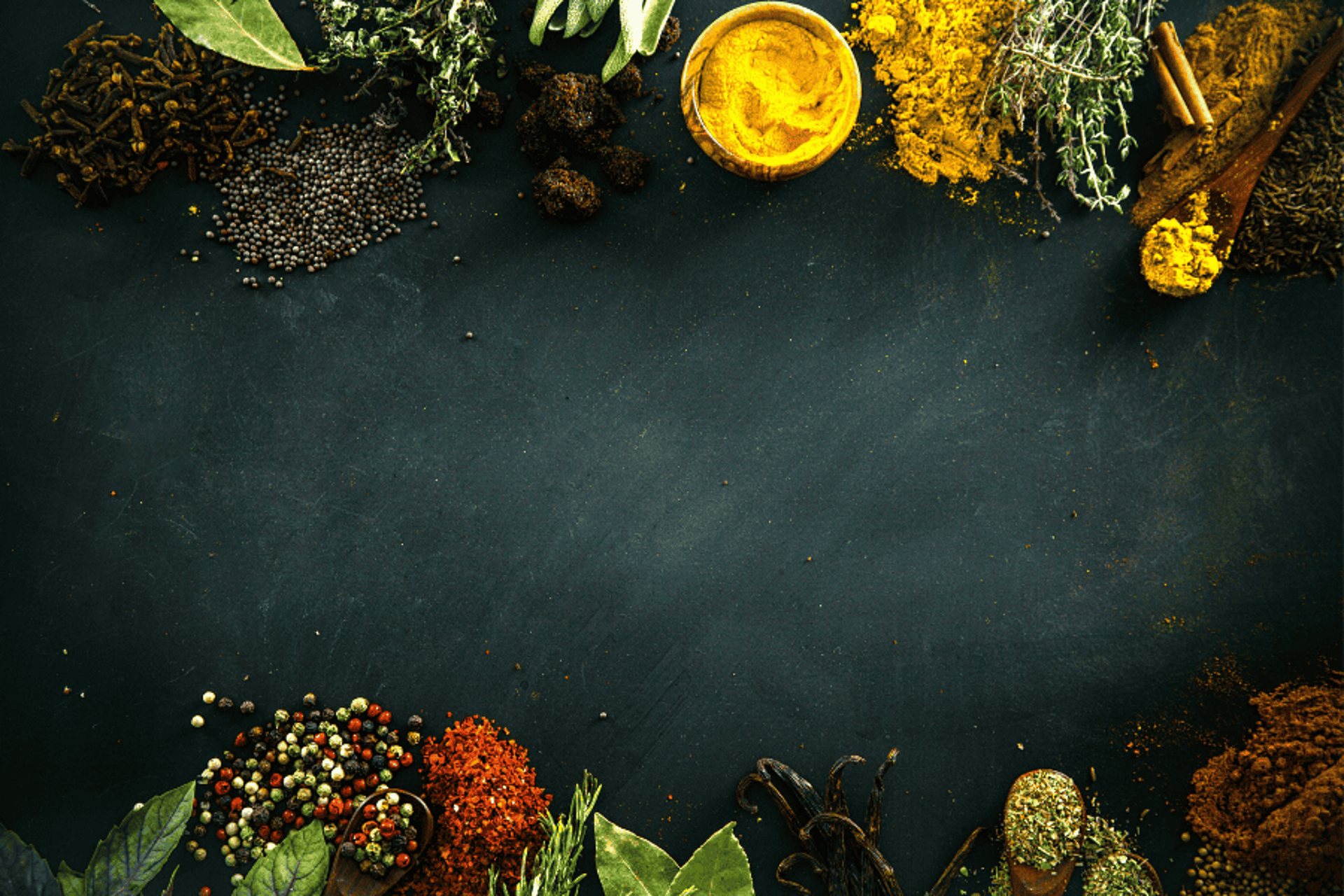Ceylon Cinnamon vs. Cassia: Why “True Cinnamon” Matters
When most people reach for cinnamon, they don’t realize there are two very different types: Ceylon cinnamon - also known as “true cinnamon” - and Cassia cinnamon, its more common, cheaper cousin. While they may look similar on shelves, these spices differ dramatically in origin, taste, health effects, and cultural value
CEYLON CINNAMON DEEP DIVE
8/2/20253 min read


What’s the Difference Between Ceylon and Cassia Cinnamon?
Ceylon cinnamon, known as “true cinnamon,” and Cassia cinnamon are often mistaken for one another, but they differ significantly in origin, appearance, flavor, health impact, and cultural value. Ceylon cinnamon (Cinnamomum verum also called C. zeylanicum) is native to Sri Lanka and is considered the original, premium form of cinnamon. It has a light tan color, soft and multiple-layered quills, and a delicate, sweet aroma with citrus and floral notes. In contrast, Cassia cinnamon - commonly sourced from China, Indonesia, and Vietnam - is darker, thicker, and harder, with a stronger, more pungent taste. One of the most important differences lies in their health properties: Ceylon cinnamon contains extremely low levels of coumarin, a compound that in large amounts can be toxic to the liver and kidneys. Cassia cinnamon, on the other hand, has high coumarin levels and is not recommended for frequent or long-term use. While Cassia is cheaper and more widely available, Ceylon cinnamon is prized for its subtle flavor, safety, and deep cultural heritage, especially in Sri Lanka, where it is harvested through centuries-old artisanal methods
🧬 Why ‘True Cinnamon’ Really Matters
1. Authenticity
Ceylon cinnamon isn’t just “another type.” It’s the original cinnamon, used in Sri Lanka for over 2,000 years. Ancient spice routes carried Ceylon cinnamon across continents, and it was once valued more than gold.
Cassia, though widespread, is often mislabeled as “cinnamon” in global markets - despite being botanically and chemically different.
2. Health & Safety
One of the biggest reasons to choose Ceylon cinnamon is its ultra-low coumarin content. Coumarin is a natural compound found in many plants—but in high doses (as found in Cassia), it can be toxic to the liver and kidneys, especially with long-term use.
Ceylon cinnamon = daily safe
Cassia cinnamon = use with caution
3. Flavor & Culinary Use
Ceylon cinnamon’s soft, sweet, and floral notes make it a favorite among chefs and bakers. It's perfect for:
Pastries and desserts
Teas and golden milk
Smoothies and spice blends
Gourmet sauces and stews
4. Cultural and Ethical Value
Ceylon cinnamon is hand-harvested in Sri Lanka using traditional methods passed down for generations. Its production supports rural communities and preserves cultural heritage, especially in the southern coastal regions of the island.
When you choose Ceylon, you’re not just buying spice - you’re supporting a legacy.
Final Takeaway: Choose True Cinnamon
Ceylon cinnamon isn’t just the better cinnamon - it’s the real one. With its:
Safe health profile
Delicate, luxurious flavor
Cultural significance
Sustainable harvesting practices
…it stands far apart from Cassia.
When in doubt, check the label:
Look for “Ceylon cinnamon” or Cinnamomum verum or Cinnamomum zeylanicum. If it just says “cinnamon” without specifying, it’s probably Cassia.
Summary at a Glance
Ceylon Cinnamon = True cinnamon, gentle, healthy, authentic, Sri Lankan.
Cassia Cinnamon = Imitation, strong, cheap, higher health risk in excess.
Choose wisely. Your body - and your taste buds - will thank you.
What’s the Difference Between Ceylon and Cassia Cinnamon?
Ceylon cinnamon, known as “true cinnamon,” and Cassia cinnamon are often mistaken for one another, but they differ significantly in origin, appearance, flavor, health impact, and cultural value. Ceylon cinnamon (Cinnamomum verum also called C. zeylanicum) is native to Sri Lanka and is considered the original, premium form of cinnamon. It has a light tan color, soft and multiple-layered quills, and a delicate, sweet aroma with citrus and floral notes. In contrast, Cassia cinnamon - commonly sourced from China, Indonesia, and Vietnam - is darker, thicker, and harder, with a stronger, more pungent taste. One of the most important differences lies in their health properties: Ceylon cinnamon contains extremely low levels of coumarin, a compound that in large amounts can be toxic to the liver and kidneys. Cassia cinnamon, on the other hand, has high coumarin levels and is not recommended for frequent or long-term use. While Cassia is cheaper and more widely available, Ceylon cinnamon is prized for its subtle flavor, safety, and deep cultural heritage, especially in Sri Lanka, where it is harvested through centuries-old artisanal methods





